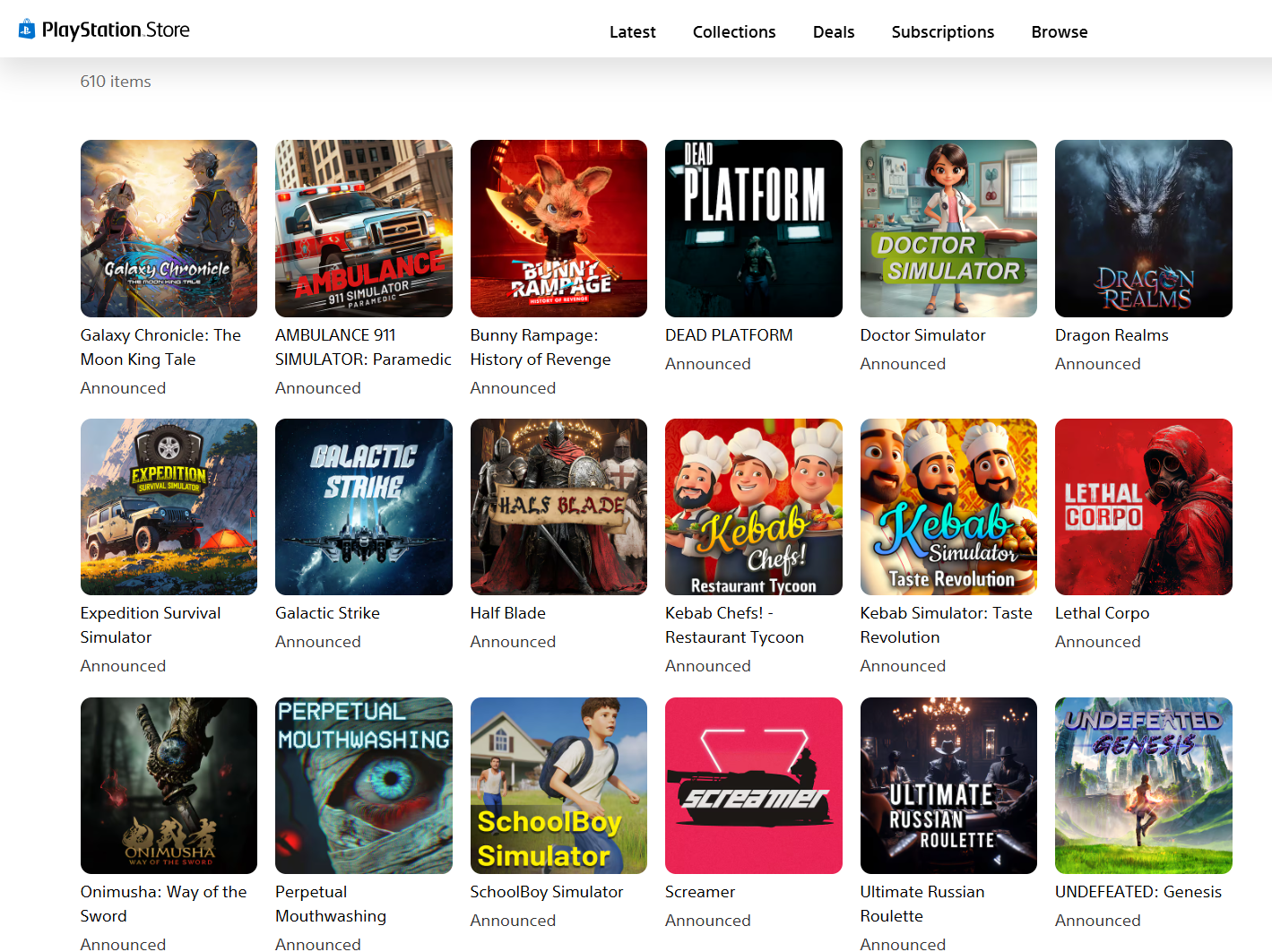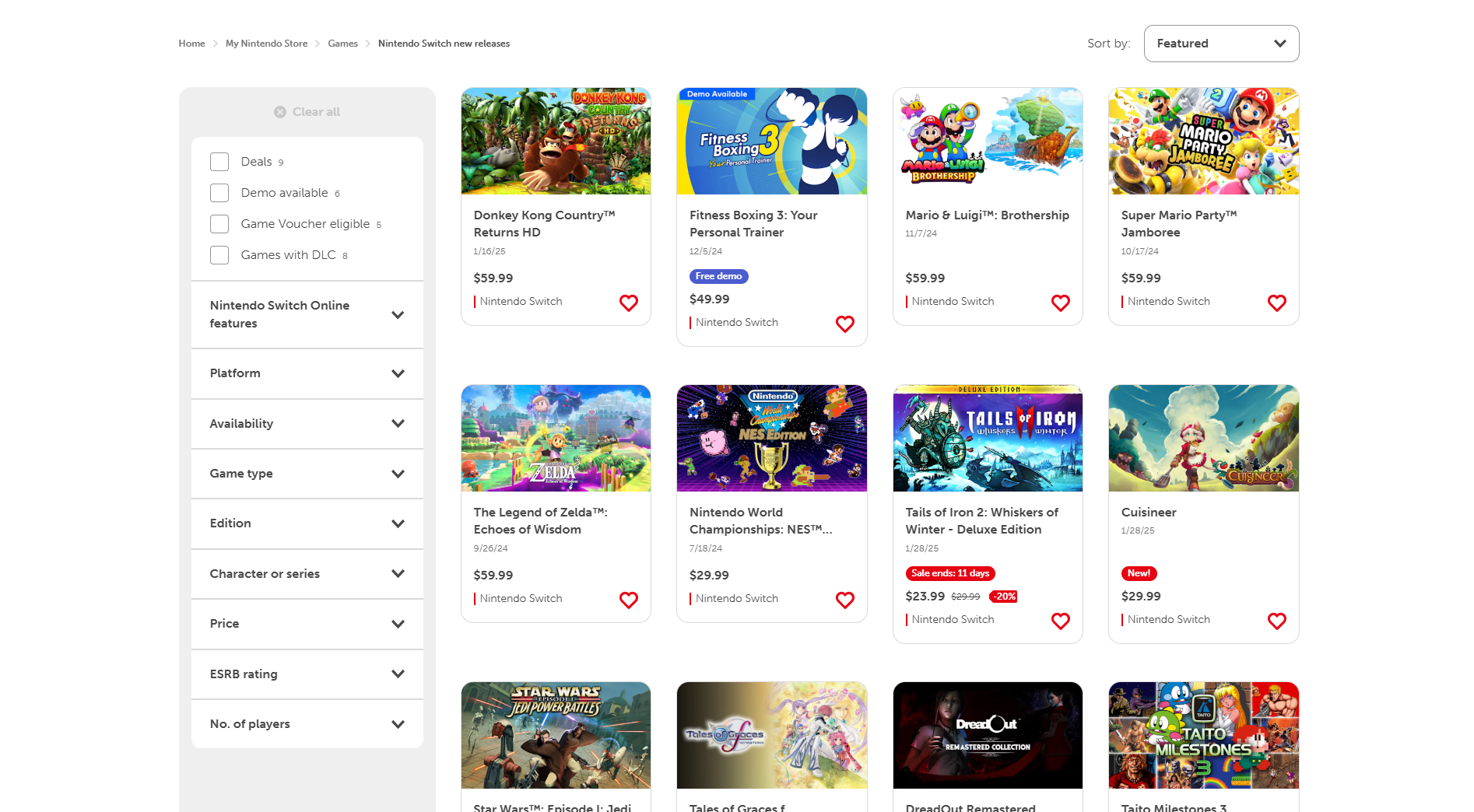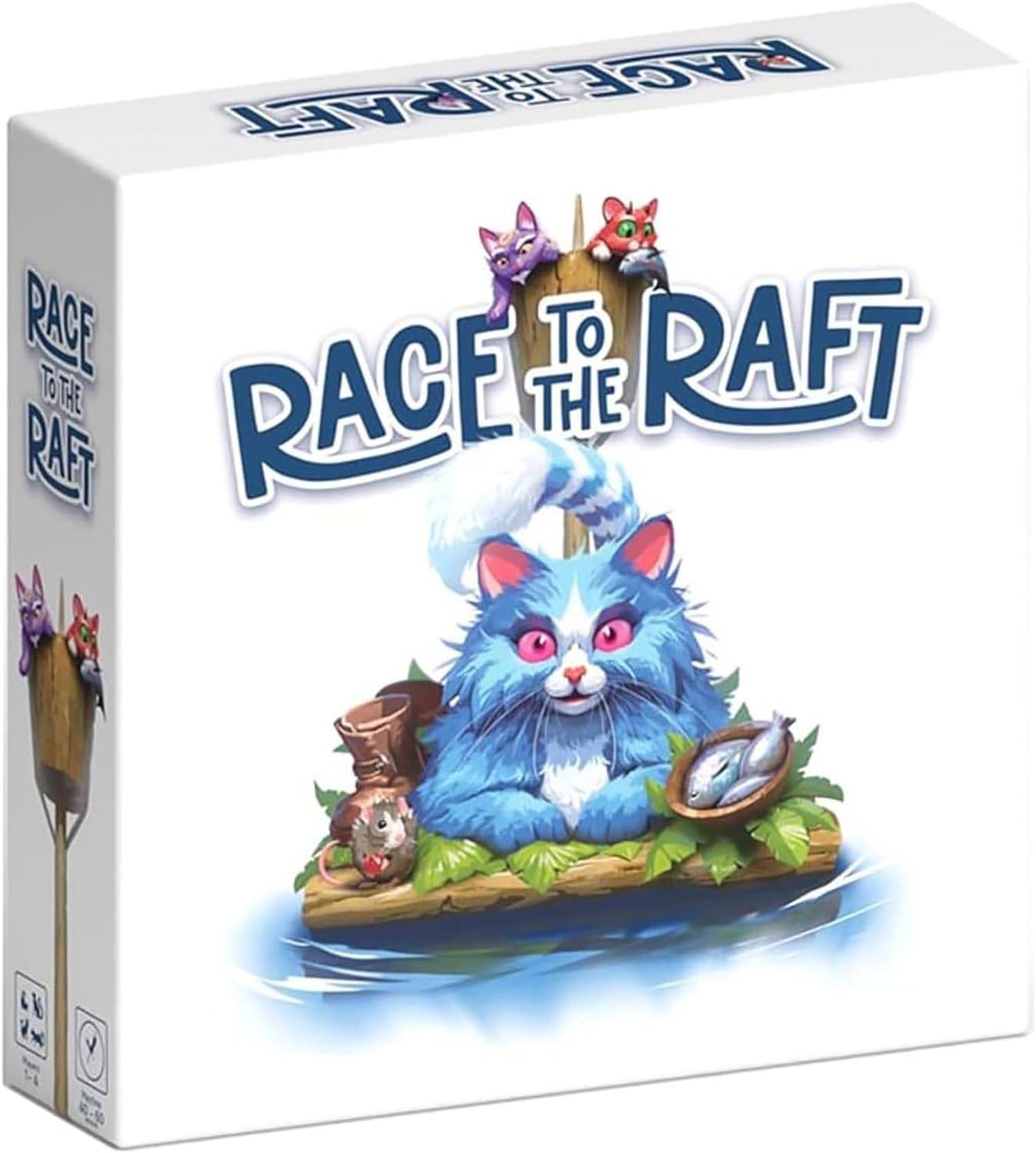The PlayStation Store and Nintendo eShop are experiencing an influx of low-quality games, often described as "slop," characterized by misleading marketing and generative AI-created assets. This issue, initially more prominent on the eShop, has recently spread to the PlayStation Store, particularly impacting the "Games to Wishlist" section.
These aren't simply "bad" games; the problem lies in the sheer volume of strikingly similar, low-effort titles, often simulation games perpetually on sale. Many mimic popular game themes or even outright copy names and concepts, employing hyper-stylized, AI-generated art that misrepresents the actual game quality. These games frequently suffer from poor controls, technical issues, and lackluster features. A small number of companies appear responsible for this prolific output, making them difficult to identify and hold accountable due to limited online presence and frequent name changes.
Users of both stores are demanding stricter regulation, especially given the eShop's declining performance due to the overwhelming number of games. To understand the situation, this article investigates how these games proliferate, why PlayStation and Nintendo's stores are particularly affected, and the comparative differences with Steam and Xbox.
The Certification Process
Interviews with eight game developers and publishers (all anonymous due to fear of reprisal) revealed insights into the game release process across Steam, Xbox, PlayStation, and Nintendo Switch. Generally, developers pitch their games to the platform holders, gaining access to development portals and devkits (for consoles). They then complete forms detailing game specifications and undergo certification ("cert"), where the platform holder verifies compliance with technical requirements, legal standards, and ESRB ratings.
A common misconception is that certification equates to quality assurance. It doesn't; developers are responsible for pre-submission QA. Platform holders primarily check for hardware compliance and legal adherence. While Steam and Xbox publicly list their requirements, Nintendo and Sony do not. Several sources cited Nintendo's frequent rejections with minimal explanation.
Store page reviews primarily focus on ensuring consistent branding and language accuracy, not necessarily game accuracy. While all platform holders have some requirements for accurate screenshots, enforcement varies. One source recounted an instance where Nintendo rejected screenshots due to unrealistic graphical fidelity impossible on the Switch. Nintendo and Xbox review store page changes before launch; PlayStation performs a single check near launch, and Valve only reviews initially, allowing subsequent changes without further review.
While some diligence exists to ensure store page accuracy, it's inconsistent. Developers often operate under a "forgiveness, not permission" model. Penalties for misleading information are typically limited to content removal, not developer delisting. None of the console storefronts have specific rules regarding generative AI use in games or store assets, though Steam requests disclosure.
Why the Disparity?
The differences in how the platforms handle game approvals contribute to the "slop" problem. Microsoft vets games individually, while Nintendo, Sony, and Valve vet developers. This allows developers already approved by Nintendo and Sony to easily release multiple games, regardless of quality. Xbox's game-by-game approach makes it less susceptible. One publisher described Xbox as having "high standards" and a hands-on approach, working closely with developers.
Nintendo's developer-based approval process, coupled with its unsorted "New Releases" section, makes it particularly vulnerable to exploitation. Developers can manipulate the system by releasing multiple bundles with minimal changes, ensuring consistent visibility in "New Releases" and "Discounts" sections. PlayStation's "Games to Wishlist" sorting by release date exacerbates the issue, prioritizing games with distant release dates.
While generative AI is a factor, it's not the primary cause. The core issue is the volume of low-effort games, regardless of asset creation method. Xbox, despite potentially being less likely to discourage AI use in the future, appears least affected due to its rigorous game-by-game approval process. Steam, despite having potentially more "slop," escapes significant criticism due to its robust search and filtering options and constantly updating new releases section.
Potential Solutions and Concerns
Users are urging Nintendo and Sony to address the issue, but neither company responded to requests for comment. Developers remain pessimistic about Nintendo's ability to resolve the problem, even with the Switch 2. However, Nintendo's web browser-based eShop is significantly better than its console counterpart, offering a potential model for improvement. Sony has taken action against similar issues in the past, suggesting future intervention is possible.
However, overly aggressive filtering, as demonstrated by Nintendo Life's "Better eShop" attempt, can inadvertently harm legitimate indie games. Concerns exist that stricter regulation might mistakenly target quality games. Developers emphasize that platform holders, while aiming to balance allowing games while preventing exploitation, face a challenging task in manually reviewing a massive influx of submissions. The focus should be on improving the review process and providing more transparency, rather than solely relying on aggressive filtering.


















